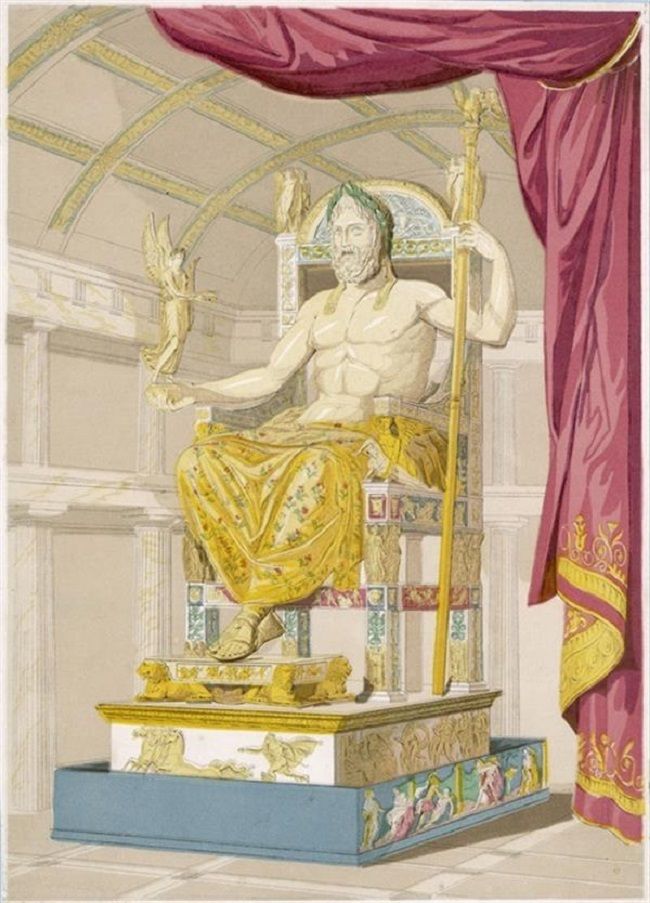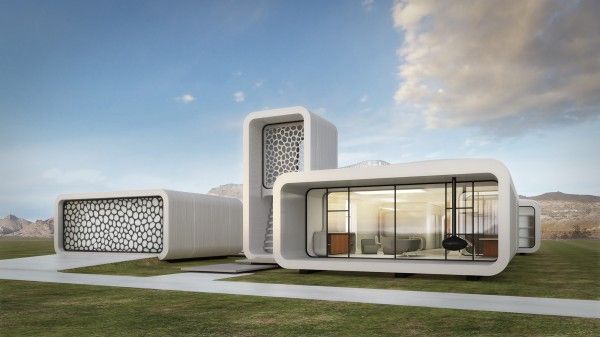I never get tired of talking about the many uses for Q-dot technology. One area that has me even more intrigued is how it is used in crystallized formations. I expect to see more and more experimenting on crystalized formations on many fronts including complex circuitry for performance and storage.
And, with synthetic technology today plus 3D printing along with Q-dots we could (as I have eluded to many times over several months) truly begin to see some amazing technology be developed on the wearable tech front.
Wearables could include synthetic circuitry stones in various accessories to not only store information, but also serve as another form of unique id because in synthetic stones we have been able (like in nature) create complex crystalized formations that are each unique/ 1 of a kind like a unique finger print, or iris of an eye. I expect to see some very interesting things coming in this space.
Unique optical features of quantum dots make them an attractive tool for many applications, from cutting-edge displays to medical imaging. Physical, chemical or biological properties of quantum dots must, however, be adapted to the desired needs.
Unfortunately, up to now quantum dots prepared by chemical methods could only be functionalized using copper-based click reactions with retention of their luminescence. This obstacle can be ascribed to the fact that copper ions destroy the ability of quantum dots to emit light. Scientists from the Institute of Physical Chemistry of the Polish Academy of Sciences (IPC PAS) in Warsaw and the Faculty of Chemistry of the Warsaw University of Technology (FC WUT) have shown, however, that zinc oxide (ZnO) quantum dots prepared by an original method developed by them, after modification by the click reaction with the participation of copper ions, fully retain their ability to emit light.
“Click reactions catalyzed by copper cations have long attracted the attention of chemists dealing with quantum dots. The experimental results, however, were disappointing: after modification, the luminescence was so poor that they were just not fit for use. We were the first to demonstrate that it is possible to produce quantum dots from organometallic precursors in a way they do not lose their valuable optical properties after being subjected to copper-catalysed click reactions,” says Prof. Janusz Lewinski (IPC PAS, FC WUT).





